Purpose
This exercise helps delegates improve their ability to communicate and interpret stories using body language alone. It promotes creativity, teamwork and a deeper understanding of how much can be expressed without words through gestures, facial expressions and movement.
Objective
Delegates will work in teams to communicate and interpret a story through body language alone. One delegate from each team starts by conveying a simple story scenario without speaking. Their teammates must guess the story and pass the next part of the story to another team member, continuing the story non-verbally until it is complete.
What You Need
- A series of Scenario Prompts. You need one per team written on cards. These prompts should be simple but relatable. A series of these is provided at the end. Examples are:
“I lost my wallet in a busy market.”
“I found a hidden treasure in the attic.”
“I was late for an important meeting.”
- Open space for movement and performance
Setup
- Explain that the goal is to practice storytelling through body language alone. No speaking or verbal clues are allowed. Delegates must rely entirely on gestures, facial expressions and movement to convey their assigned story.
- Divide the group into teams of about 3 delegates. Each team will work together to communicate a full story in a relay format.
- Distribute a Scenario Prompt to each team.
- Get each team to prepare a performance starting with their Scenario Prompt. One person must act out what is in the prompt. The other members of the team should then follow through with the prompt in a relay format using only body language. Teams should work out the story together, improvise and give each other feedback. Teams must aim to maintain a smooth flow of the story without using words. The sequence should be logical and clear through body language alone.
- Allow 5 minutes for teams to work on their stories and performances. They should rehearse so they can perform in front of everyone.
- Bring back everyone together.
- Get each team to act out their performance in front of everyone one by one.
- After each team’s performance, provide feedback on what worked well and highlight areas for improvement, particularly focusing on the clarity of gestures, facial expressions, acting and the overall relay transitions. Get the class to provide feedback too. This way, each team can build on feedback discussed. As each team performs focus on providing feedback on different aspects of acting that you have not covered already so you can maximise learning.
- Follow with a discussion.
Timing
Explaining the Exercise: 2 minutes
Activity: 5 min prepare the act + ((2 min performance of each team + 3 min feedback) x N teams) = 25 minutes for 4 teams (12 delegates)
Group Feedback: 10 minutes
Discussion
Use the following questions to guide the conversation:
- How challenging was it to communicate the story without using words?
- Which body language techniques (gestures, facial expressions, movements) worked best for conveying the story?
- Did you notice any moments where the story got lost or became unclear? How did your team handle that?
- What was the most surprising part of the exercise—either in how you communicated or how others interpreted your body language?
- What role did teamwork play in ensuring a smooth relay? How did you support each other in continuing the story?
Variations
-
Add limited words. Rather than just expressing with body language, allow delegates to use limited words to express themselves a bit more, giving us a view of what goes on in their minds. Examples:
- “No!”
- “I missed it!”
- “Where is it?”
- “If I could only…”
-
Complex Storylines. To make the exercise more challenging, use more complex or abstract story scenarios. This forces teams to rely on more creative body language techniques. Examples are:
- “I got lost in a time machine”
- “I discovered a strange creature while hiking”
- Team Mash-Up. After the first round, combine teams and have them act out a story together, where one team must start the story and the other team must finish it, all while maintaining the same storyline. This variation promotes collaboration between teams.
- No Props vs. Props. Start with no props in the first round to focus entirely on body language. In a second round, allow teams to use simple props (like chairs, pens or bags) to enhance their storytelling. This variation allows delegates to explore how minimal props can enhance their performances.
Scenario Prompts
“I lost my wallet in a busy market.”
“I found a hidden treasure in the attic.”
“I was late for an important meeting.”
“I forgot my umbrella on a rainy day.”
“I ran into an old friend at the grocery store.”
“I got locked out of my own house.”
“I dropped my ice cream cone on the sidewalk.”
“I missed an important call because my phone was on silent.”
“I found a stray dog and didn’t know what to do.”
“I was running late and got stuck in traffic.”
“I accidentally sent a text to the wrong person.”
“I overslept and missed my alarm.”
“I couldn’t find my car in a crowded parking lot.”
“I accidentally dropped my phone in a river.”
“I missed the bus and had to run to catch it.”
Soft Skills Training Materials
Get downloadable training materials
Online Train the Trainer Course:
Core Skills
Learn How to Become the Best Trainer in Your Field
All Tags
Training Resources for You
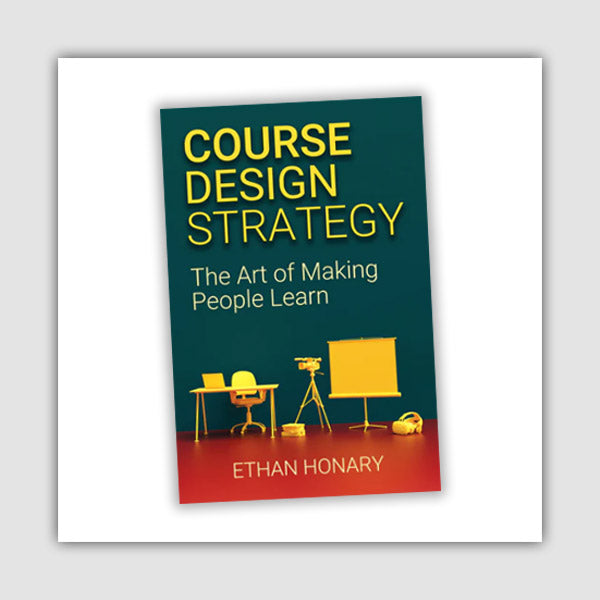
Course Design Strategy
Available as paperback and ebook

Free Training Resources
Download a free comprehensive training package including training guidelines, soft skills training activities, assessment forms and useful training resources that you can use to enhance your courses.

Our Comprehensive Guide to Body Language

Train the Trainer Resources
Get Insights - Read Guides and Books - Attend Courses
Training Materials
Get downloadable training materials on: Management Training, Personal Development, Interpersonal Development, Human Resources, and Sales & Marketing

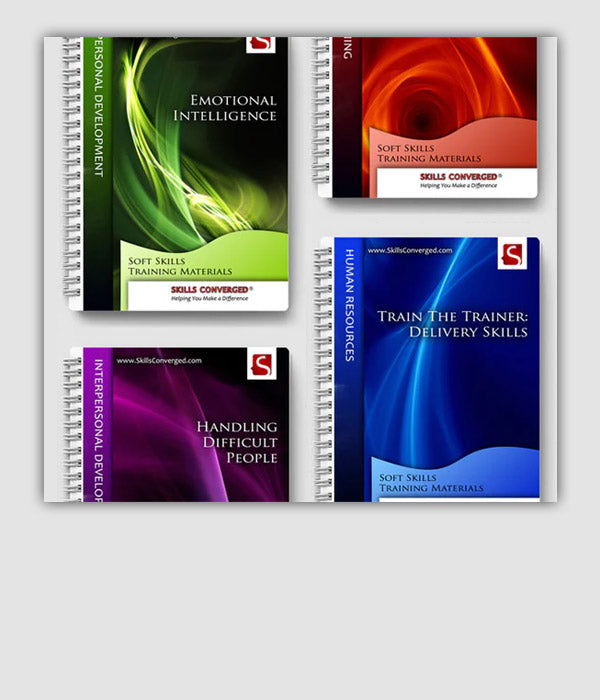
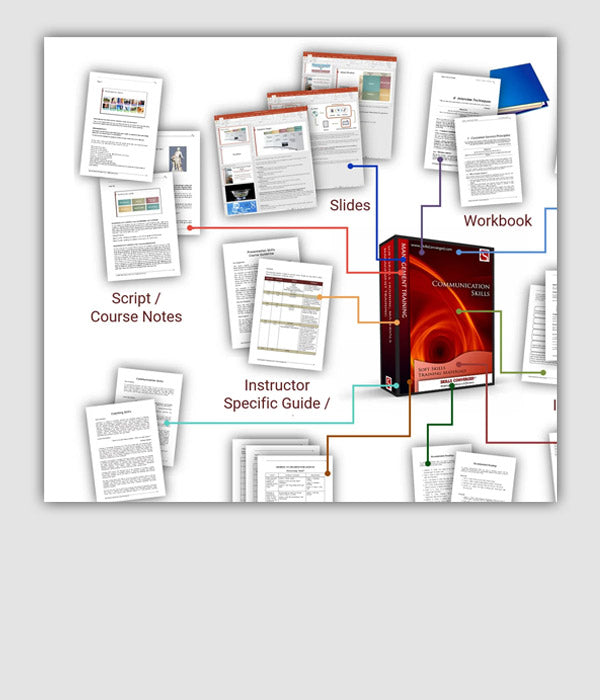
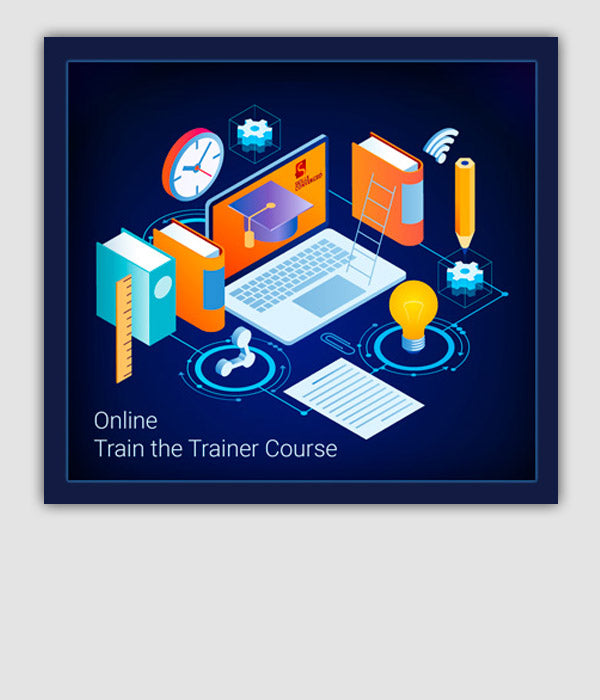
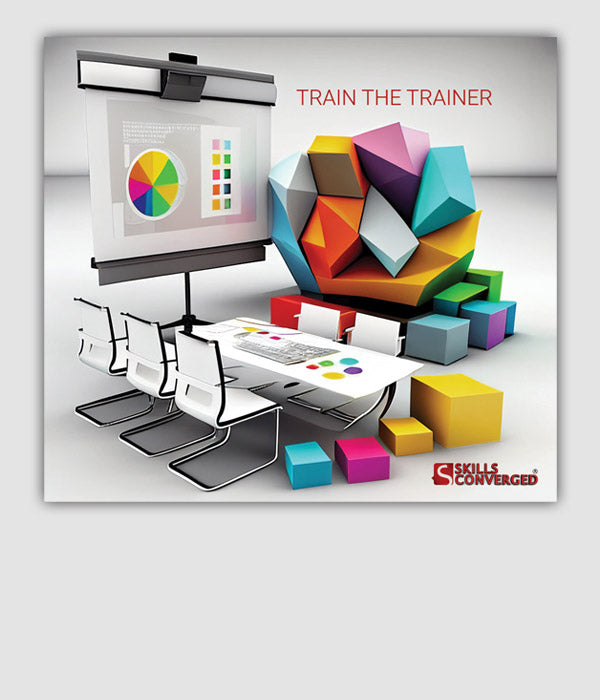





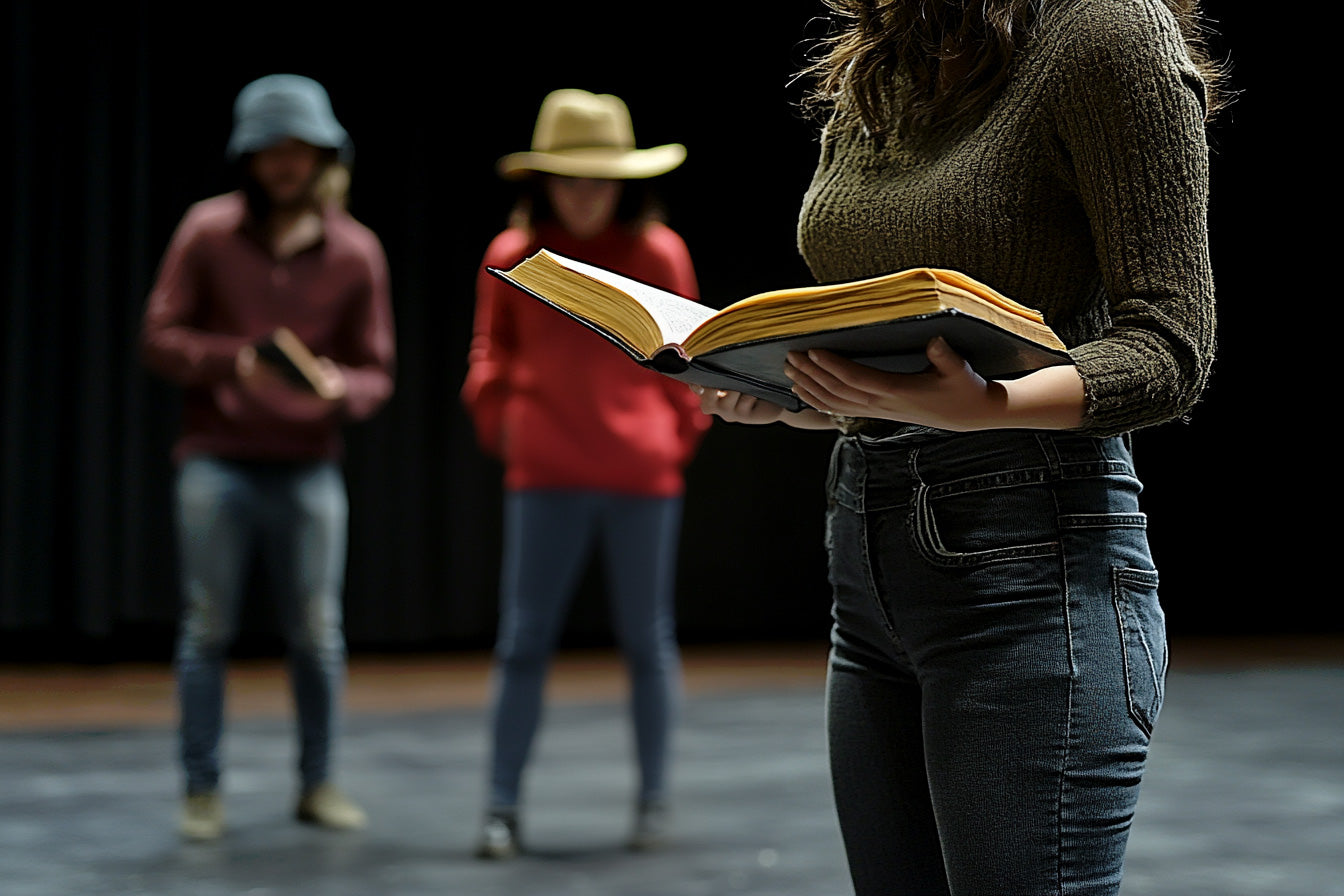



Leave a comment
All comments are moderated before being published.
This site is protected by hCaptcha and the hCaptcha Privacy Policy and Terms of Service apply.